| Navigation | Gattungsnamen können mit 3 Buchstaben abgekürzt werden, z.B. Bel peren | Genus names can be abbreviated by 3 letters, e.g. Bel peren | |
| Fragaria moschata (DUCH.) WESTON |
| Fam.: Rosaceae \ Rosengewächse / Rose Fam.
|
| Gattung / Genus: Fragaria L. |
Im Mittelalter wurde in Europa die Zimt-Erdbeere Fragaria moschata angebaut und gegessen, denn die amerikanischen Erdbeeren, aus denen die heutige Garten-Erdbeere Fragaria x ananassa gezüchtet wurde, waren in Europa damals noch unbekannt. Die Zimt-Erdbeere ist meist zweihäusig, das heißt, es gibt weibliche und männliche Pflanzen. Üblicherweise findet sich nur ein Geschlecht an einem Standort, die Pflanzen vermehren sich durch Ausläuferbildung. Fast alle heutigen Vorkommen der Zimt-Erdbeere sind alte Kulturrelikte, zum Beispiel das in der Burg Rodenstein bei Reichelsheim im Odenwald (Hessen, Deutschland). In vielen dieser Relikt-Vorkommen gibt es heute nur noch weibliche Pflanzen, sodass kaum Früchte gebildet werden. Fruchtbildung ohne vorherige Befruchtung kommt zwar vor, ist aber sehr selten, und kann zu verkümmerten Früchten führen. Bei der Population im Odenwald fand ich keine Früchte. In the Middle Ages the Hautbois Strawberry Fragaria moschata was grown and eaten in Europe, because the American Strawberries, from which the today Garden Strawberry Fragaria x ananassa has been breeded, weren't known in Europe at that time. The Hautbois Strawberry is usually dioecious, which means that there are separate male and female plants. Usually only one sex can be found at one location, the plants are multiplying by forming runners. Almost all of the Hautbois Strawberry sites today are ancient cultural relics, for example that in castle Rodenstein near Reichelsheim in the Odenwald (Hesse, Germany). Today many of these relict populations consist of only female plants, and any fruits are hardly generated. Fruit generation without prior fertilization does occur but is very rare, and can lead to stunted fruits. In the Odenwald population I did not find any fruits. |
| Autoren / Authors: | |||
| Pierre Étienne Simon Duchartre (1811 - 1894), französischer Botaniker / French botanist | |||
| Richard Weston (1733 - 1806), englischer Botaniker / English botanist | |||
| Carl von Linné (Linnaeus, 1707 - 1777), schwedischer Naturforscher, der das binäre Benennungs-System für Pflanzen + Tiere einführte / Swedish naturalist who introduced the binary naming system for plants + animals | |||
| Etymologie / Etymology: | |||
| Fragaria: | fraga = Erdbeere / fraga = strawberry | ||
| moschata: | Moschus / musk | ||
| ananassa: | ananas-ähnlich / ananas-like | ||
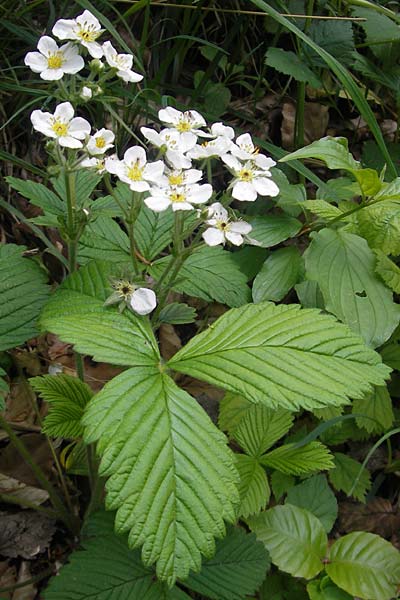 | ||
|
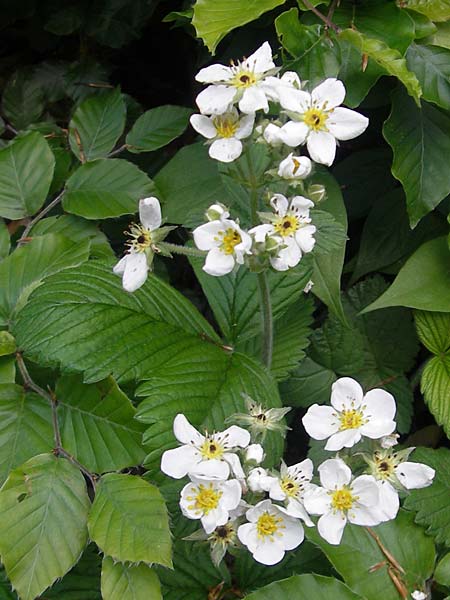 | ||
|
 | ||
|
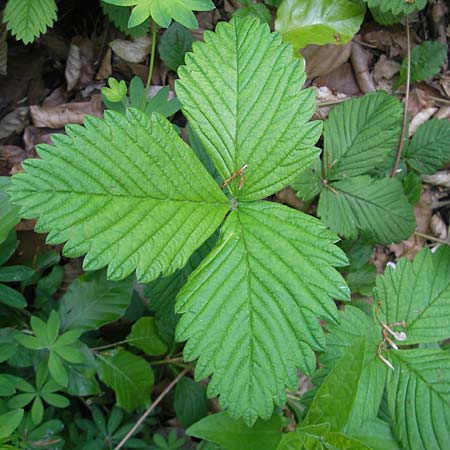 | ||
|
 | ||
|
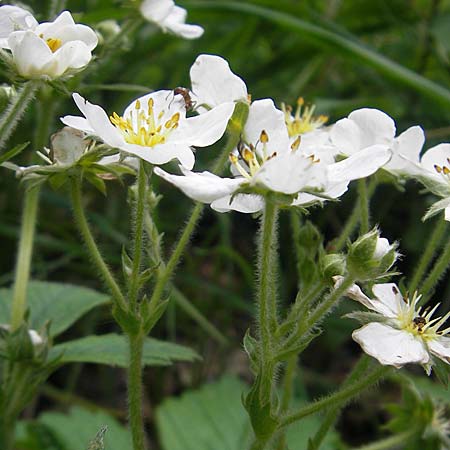 | ||
|
 | ||
|
 | ||
|
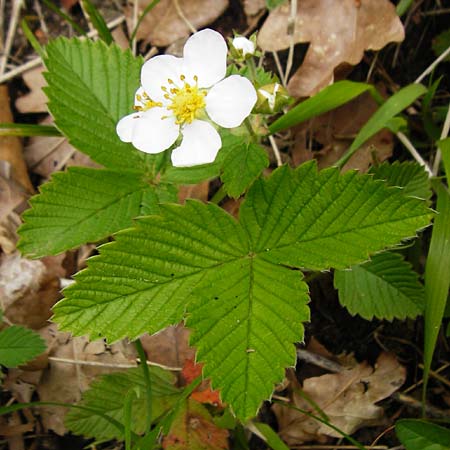 | ||
|
 | ||
|
 | ||
|
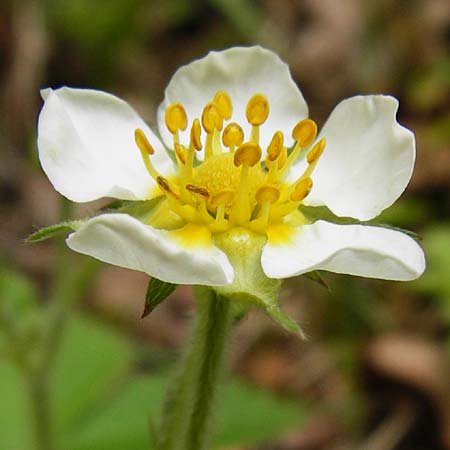 | ||
|
 | ||
|
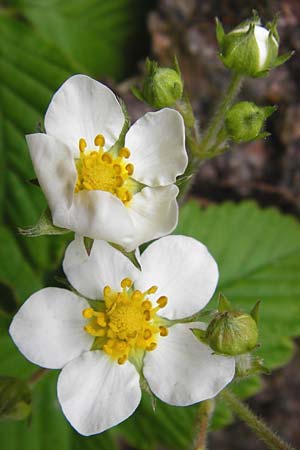 | ||
|
 | ||
|
 | ||
|
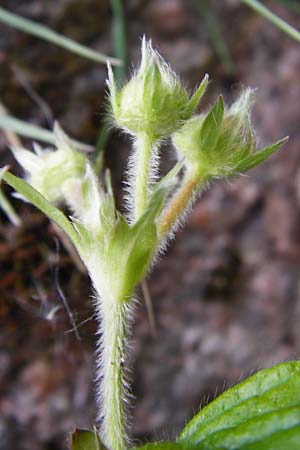 | ||
|
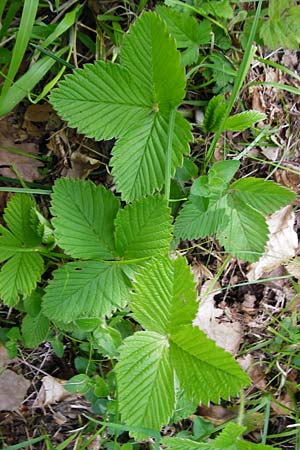 | ||
|
 | ||
|
 | ||
|
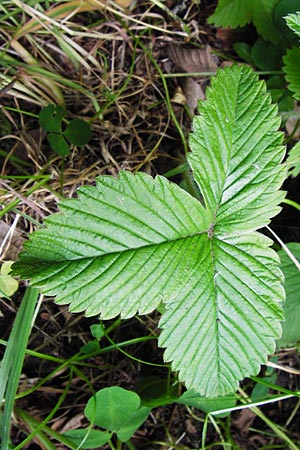 | ||
|
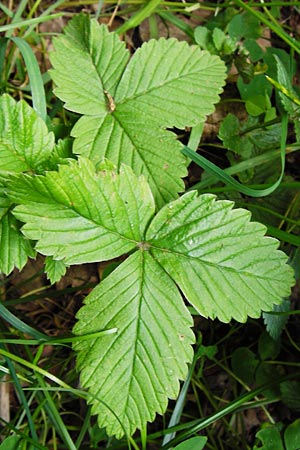 | ||
|
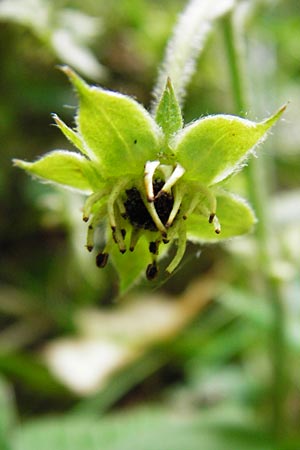 | ||
|
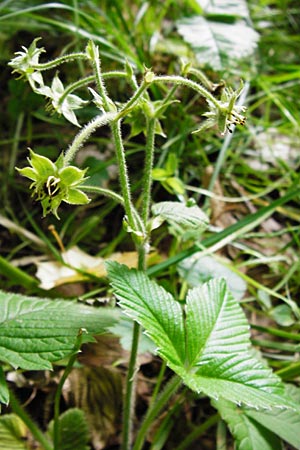 | ||
|
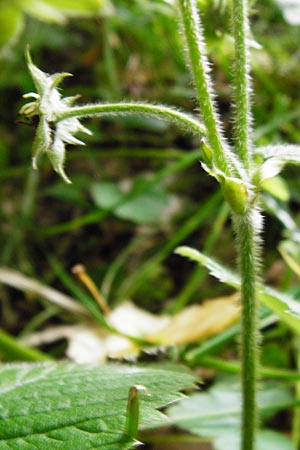 | ||
|
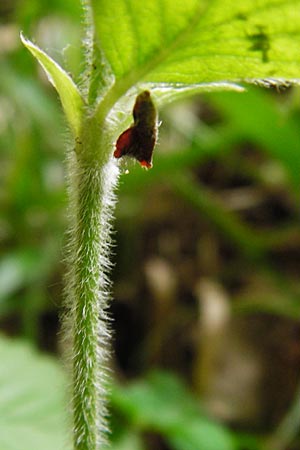 | ||
|
 | ||
|
 | ||
|
 | ||
|
 | ||
|
 | ||
|
 | ||
|
 | ||
|
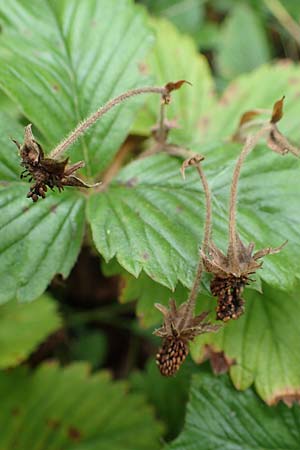 | ||
|
 | ||
|
 | ||
|
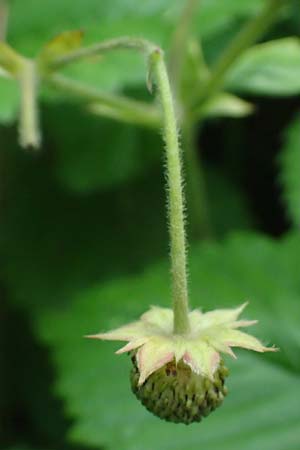 | ||
|
 | ||
|
 | ||
|
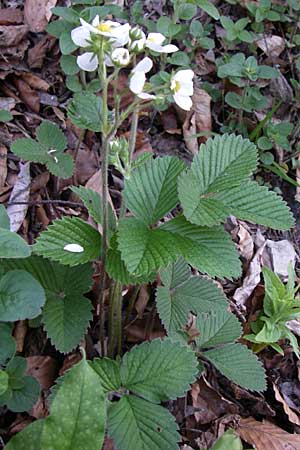 | ||
|
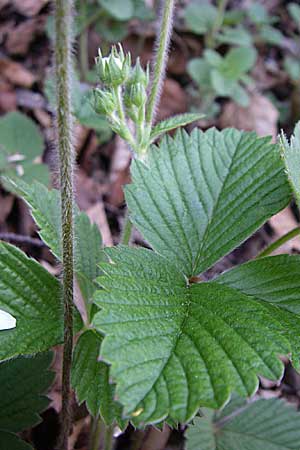 | ||
|
 | ||
|
 | ||
|
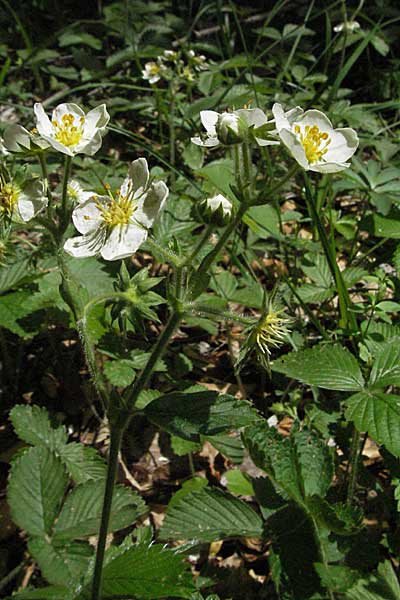 | ||
|
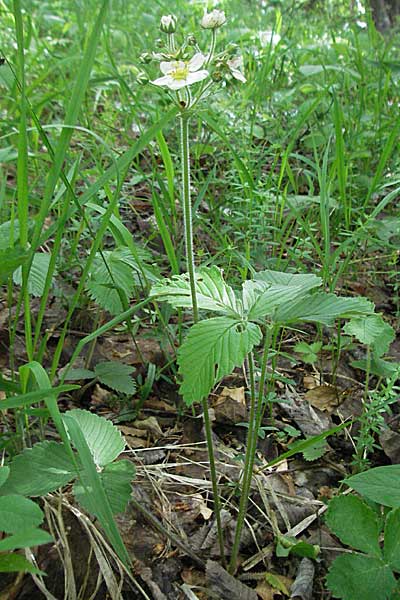 | ||
|
|
Nach oben
To top |
|
Startseite
Start page |
|
Inhalt
Contents |
|
Orchideen
Orchids |
|
Andere Pflanzen
Other Plants |
|
Pflanzen nach Familien
Plants acc. to Families |
|
.. Verwandtschaft:
.. Relationship: |
|
APG
APG |
|
trad.
trad. |
|
.. wiss. Namen
.. Scientific Names |
|
.. deut. Namen
.. German Names |
|
.. engl. Namen
.. English Names |
|
.. Blütenfarben
.. Bloom Colors |
|
.. Blütenbau
.. Flower Anatomy |
|
.. Blattform
.. Leaf Form |
|
.. Regionen
.. Regions |
|
.. Aufn.-Monat
.. Photo Month |
|
.. Früchten + Samen
.. Fruits + Seed |
|
.. Wurzeln + Knollen
.. Roots + Bulbs |
|
Schädlingsbefall + Missbildungen
Pest Infestation + Deformations |
|
Bäume
Trees |
|
Sträucher
Bushes |
|
Wasser-Pfl.
Water Plants |
|
Kletter-/Schling-Pfl.
Climbers + Twiners |
|
Nutz-Pfl.
Useful Pl. |
|
Zier-Pflanzen
Ornamental Pl. |
|
Farb-Var.
Color Var. |
|
Mehrere Kriterien
Multiple Criteria |
|
Biotope + Gruppen
Biotopes + Groups |
|
Botan.Links
Botan.Links |
| Copyright: Verwendung der Bilder und Texte nur mit schriftlicher Genehmigung des Autors. |
| Copyright: Use of the images and texts only with the author's written permission. |